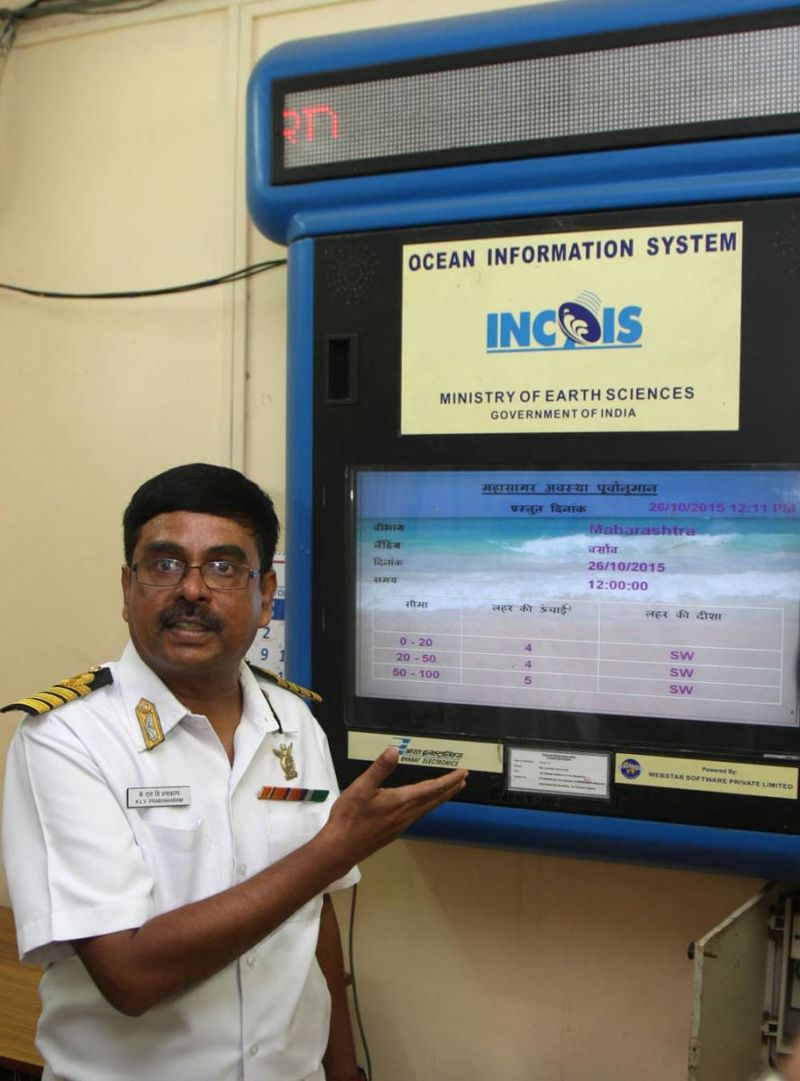Cardiff University Develops Advanced Tsunami Detection System

In a groundbreaking advancement in disaster preparedness, researchers at Cardiff University have developed an innovative tsunami detection system capable of delivering real-time warnings using underwater sound waves. The system, named Global Real-time Early Assessment of Tsunamis (GREAT), employs hydrophones—specialized underwater microphones—to detect acoustic gravity waves generated by both seismic and non-seismic tsunami sources. This technology represents a significant shift in tsunami monitoring, promising to enhance response times and potentially save lives.
Dr. Usama Kadri, the lead researcher of the GREAT project, emphasized the system's ability to operate in real-time without relying on pre-set templates, allowing it to respond to a variety of tsunami-generating events. "The technology runs in real-time, without relying on pre-set templates or assumptions, and has been tested successfully using real hydrophone data," Dr. Kadri stated. This capability is particularly vital as extreme weather events, which can mimic tsunami characteristics, are becoming increasingly common due to climate change.
Historically, conventional tsunami detection systems, such as the Deep-ocean Assessment and Reporting of Tsunamis (DART), utilize sea-level sensors that only detect tsunamis after they have already impacted coastal areas. These systems can lead to delayed warnings and ineffective responses, exemplified by the 2004 Indian Ocean tsunami that resulted in nearly 230,000 fatalities. The traditional methods are also prone to false alarms, which can undermine public trust in emergency response systems.
The GREAT project, initiated in 2013, aims to enhance tsunami preparedness and is expected to be fully operational by 2030. However, the initiative currently faces challenges, particularly a shortage of hydroacoustic stations. Worldwide, only 11 such stations exist, and a mere four provide real-time data. As noted by Dr. Kadri, "Provided an event is within a thousand kilometers (about 621 miles) from a hydrophone station, it will take on average, six minutes for an end-to-end assessment. The analysis itself takes only a few seconds on a standard PC station."
The implications of the GREAT system extend beyond the immediate detection of tsunamis. According to Dr. Emily Thompson, a climate scientist at the University of California, Berkeley, "As climate change increases the frequency and intensity of extreme weather events, technologies like GREAT could be vital in distinguishing between natural occurrences and those that pose a tsunami threat."
The academic community has expressed cautious optimism regarding the potential of this technology. Dr. Mark Anderson, a researcher at the National Oceanic and Atmospheric Administration (NOAA), remarked, "While the GREAT system is promising, its efficacy will heavily depend on the establishment of a broader network of hydroacoustic stations around the globe."
In conclusion, the GREAT system represents a significant leap forward in tsunami preparedness, leveraging cutting-edge technology to provide faster, more reliable warnings. With continued development and expansion, it could transform global tsunami monitoring and response strategies, potentially saving countless lives in the future. As researchers and policymakers work together to implement such systems, the hope remains that advancements in technology will lead to enhanced safety for coastal communities worldwide.
Advertisement
Tags
Advertisement





